Assalamu Alaikum friends
Garlic: Benefits and Cultivation
scientifically known as Allium sativum, is a widely used herbaceous plant with immense culinary and medicinal significance. It has been cultivated for thousands of years and is a staple in kitchens and traditional medicine practices worldwide. This article explores the benefits of garlic and provides an overview of its cultivation process.
Health Benefits of Garlic
Rich in Nutrients
Garlic is packed with essential nutrients, including vitamins B6 and C, manganese, selenium, and various antioxidants. These compounds contribute to overall health and well-being.
Boosts Immunity
Garlic is known to enhance the immune system, helping the body fight infections. Its antiviral and antibacterial properties make it effective against colds and flu.
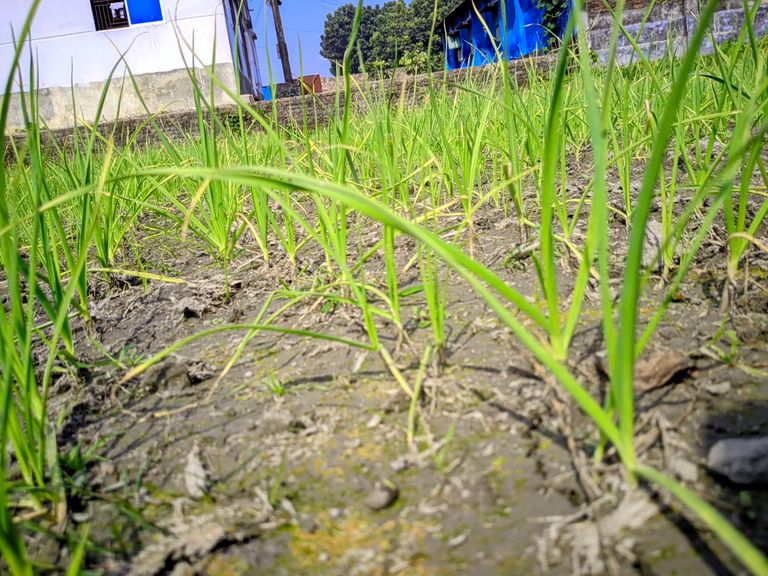
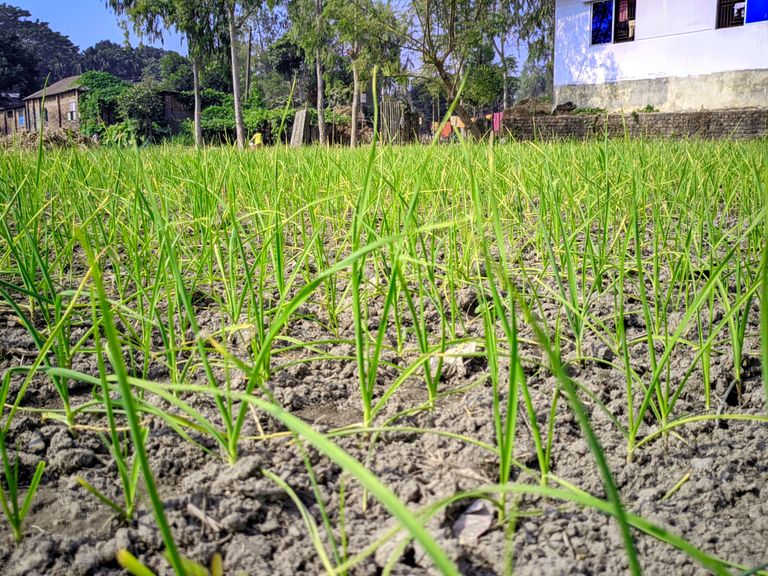
Lowers Blood Pressure
Allicin, a sulfur compound found in garlic, is known for its ability to reduce high blood pressure. Regular consumption can help maintain cardiovascular health.
Reduces Cholesterol Levels
Garlic lowers LDL (bad cholesterol) levels while maintaining HDL (good cholesterol) levels, reducing the risk of heart disease.
Antioxidant Properties
The antioxidants in garlic help combat oxidative stress, reducing the risk of chronic diseases such as cancer and Alzheimer's.
Improves Digestion
Garlic stimulates the production of digestive enzymes, promoting a healthy gut and aiding in the absorption of nutrients.
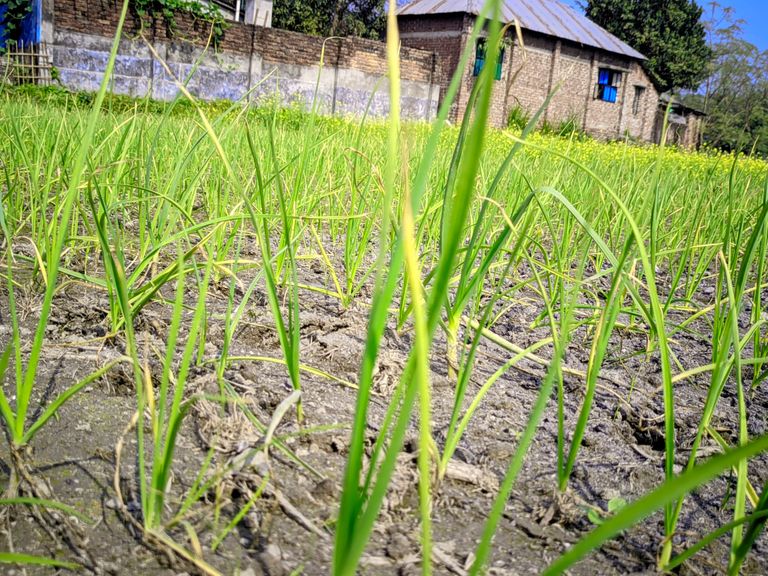
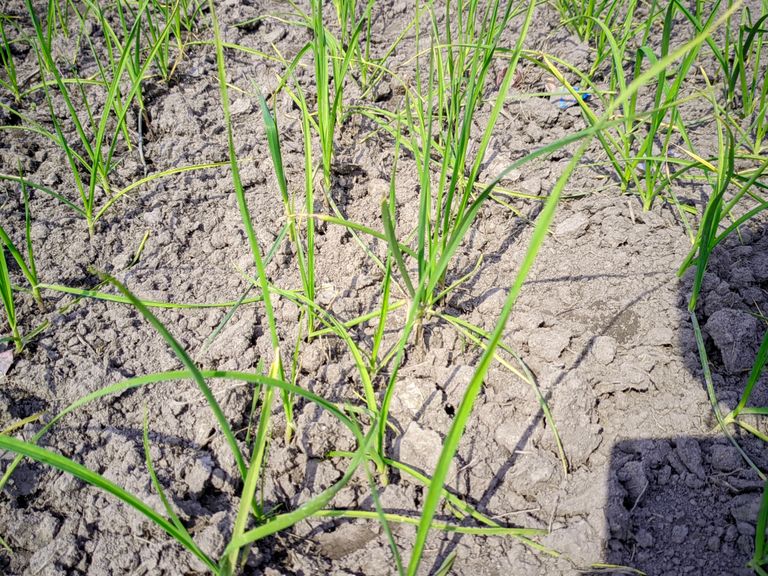
Anti-inflammatory Effects
Its anti-inflammatory properties can alleviate symptoms of arthritis and other inflammatory conditions.
Helps in Detoxification
Garlic aids in detoxifying heavy metals from the body, particularly lead, and supports liver health.
Culinary Uses of Garlic
Garlic is an indispensable ingredient in cooking, used to enhance the flavor of dishes. It is used in various forms, including raw, powdered, or as an oil. Popular cuisines, such as Mediterranean, Asian, and Indian, heavily rely on garlic for its pungent taste and aroma.
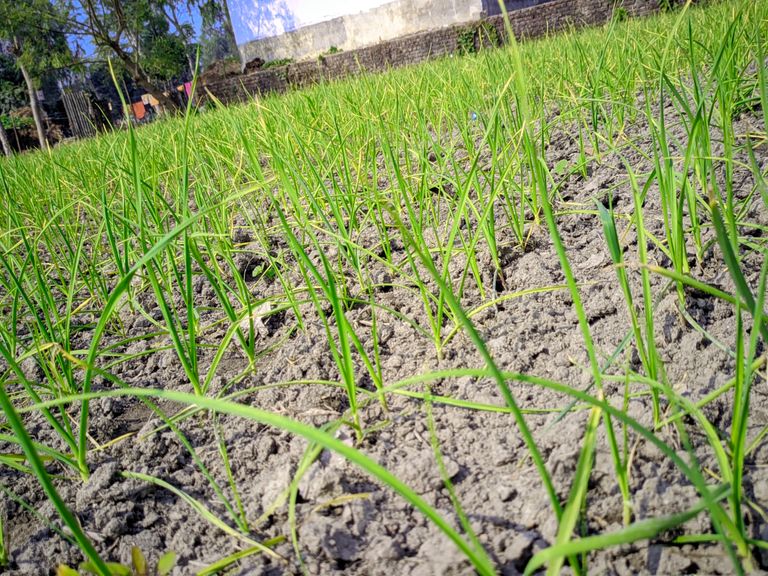
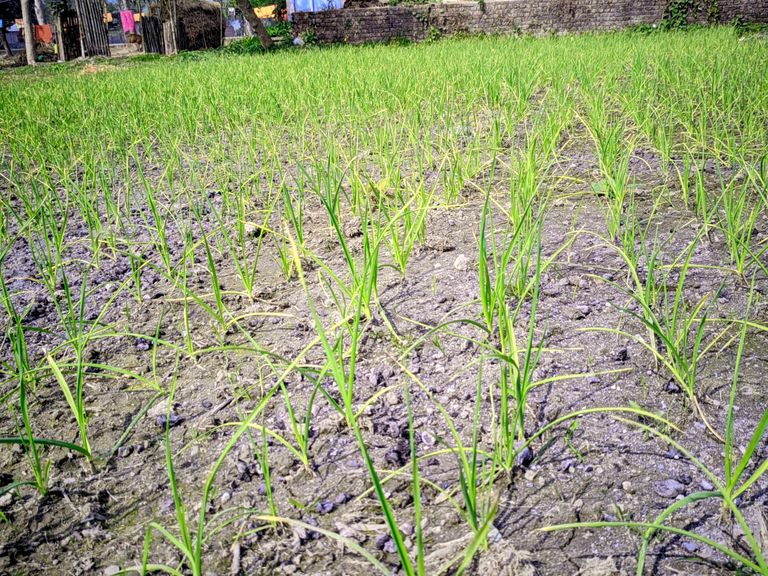
Cultivation of Garlic
Garlic cultivation is relatively easy and requires minimal resources, making it a preferred choice for farmers and home gardeners. Below are the steps involved in its cultivation:
Selecting the Right Variety
There are two main types of garlic:
Hardneck Garlic: Suitable for colder climates and has a stronger flavor.
Softneck Garlic: Ideal for warmer climates and has a longer shelf life.
Preparing the Soil
Garlic thrives in well-drained, loamy soil rich in organic matter. The soil should have a pH of 6.0 to 7.5. Before planting, prepare the land by adding compost or manure to enrich the soil.
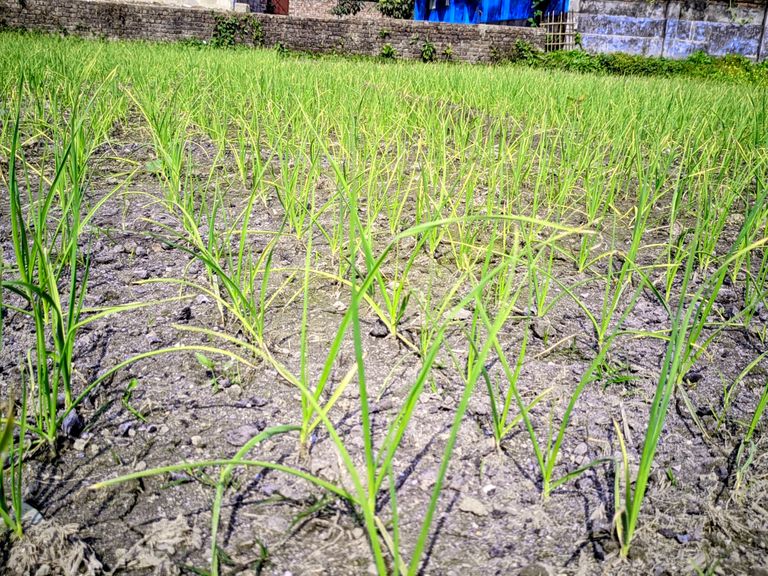
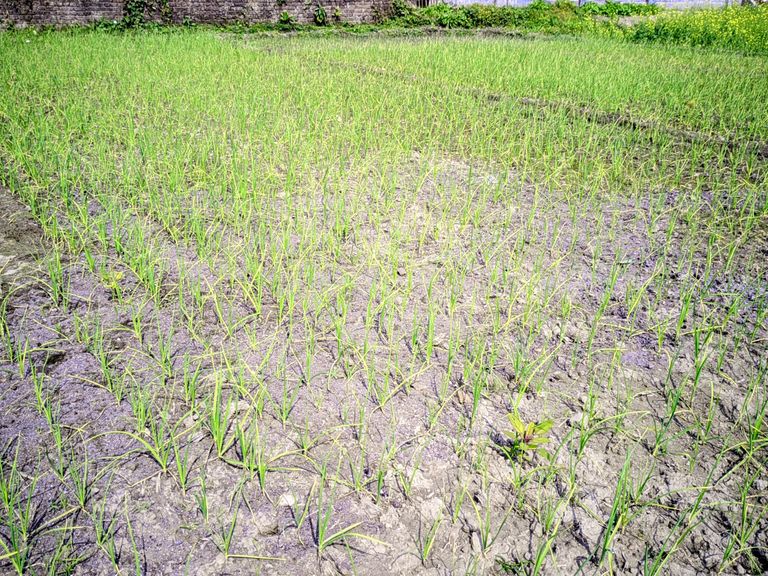
Planting
Timing: Garlic is usually planted in the fall (September to November) before the ground freezes. In warmer climates, it can be planted in early spring.
Spacing: Plant individual cloves 2-4 inches apart and 2 inches deep, with the pointed side facing up. Maintain 12-15 inches of space between rows.
Watering
Garlic requires consistent moisture but cannot tolerate waterlogged conditions. Water the plants deeply once a week during dry periods, ensuring the soil remains moist but not soggy.
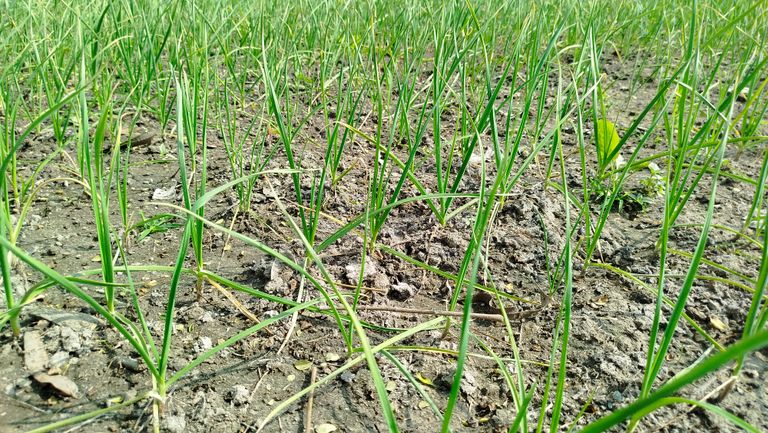
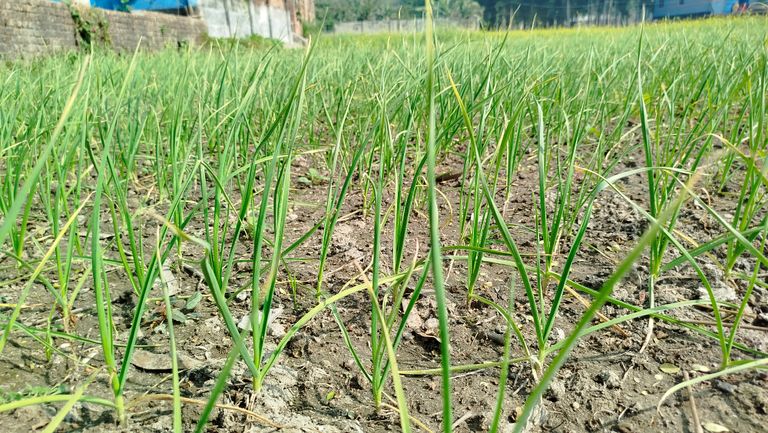
Fertilizing
Apply nitrogen-rich fertilizer during the growing season to support healthy leaf and bulb development. Avoid excessive nitrogen in the later stages, as it can hinder bulb formation.
Controlling Pests and Diseases
Common garlic pests include onion maggots, nematodes, and thrips. To prevent infestations, practice crop rotation and use natural pest control methods. Fungal diseases such as white rot can be avoided by maintaining proper soil drainage.
Harvesting
Garlic is ready for harvest when the lower leaves turn yellow and dry out. This typically occurs 8-9 months after planting. Loosen the soil gently and lift the bulbs without damaging them.
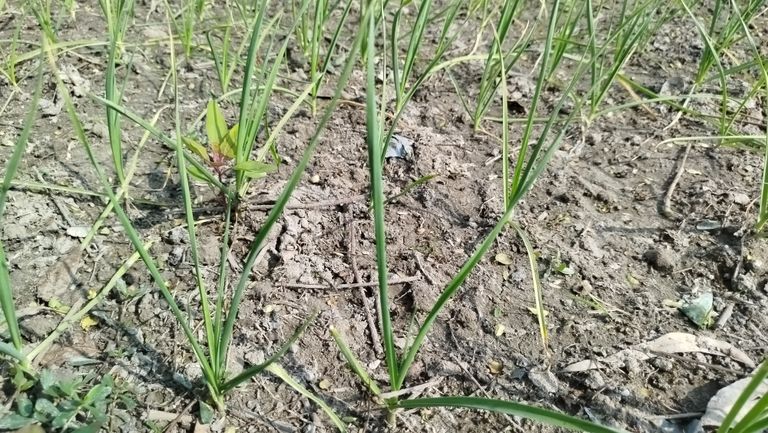
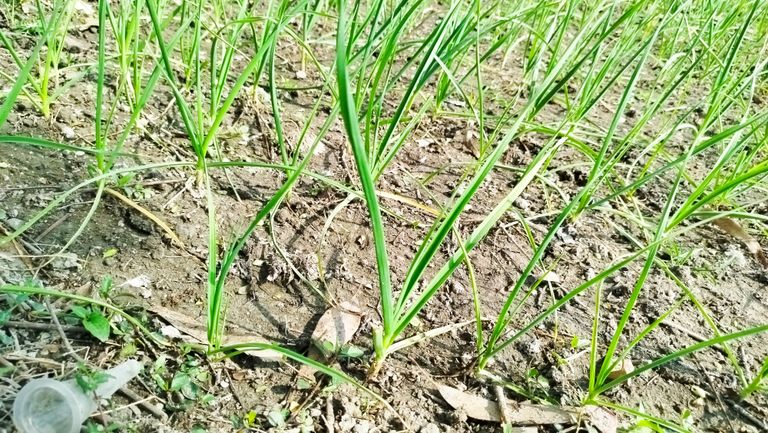
Curing and Storage
After harvesting, cure the garlic by drying it in a well-ventilated area for 2-3 weeks. Once cured, trim the roots and stalks. Store the bulbs in a cool, dry, and dark place to prevent sprouting.
Economic Importance of Garlic
Garlic is a high-demand crop due to its versatility and health benefits. It is used in various industries, including food, pharmaceuticals, and cosmetics. Farmers can earn substantial profits by cultivating garlic, particularly in regions with suitable climates.
Conclusion
Garlic is more than just a flavorful ingredient; it is a powerhouse of health benefits and a valuable agricultural product. Its ease of cultivation and wide range of applications make it a vital crop for both personal and commercial purposes. By incorporating garlic into your diet and exploring its cultivation, you can enjoy its numerous advantages while contributing to sustainable agriculture.
Ending here today..........
❤️ Thanks for visiting my blog.
I hope you like this blog.
If you like the blog, let me know through the comment.
See you again in the next blog.
Stay healthy, be careful and follow me.
And Subscribe my YouTube Channel
https://youtube.com/@littlerafi-h6l?si=tyZIp4JJPDkbTQtL